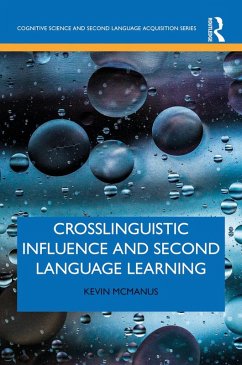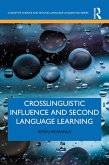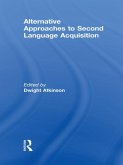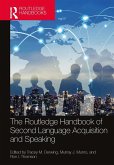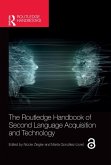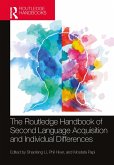Crosslinguistic Influence and Second Language Learning provides a comprehensive overview of what is currently known about prior language knowledge and experience in second language learning. Three bodies of research are critically reviewed to achieve this goal: (i) theories of language learning that attribute critical roles to prior experience in explaining second language development, (ii) empirical studies of second language learning that have investigated roles for crosslinguistic influence, and (iii) instructional studies that have supported second language learning by addressing the negative effects of crosslinguistic influence. Using this foundation, new research directions and theorization in the field of second language acquisition are proposed. This book will serve as an excellent resource for students and scholars with interests in (instructed) second language learning, applied linguistics, cognitive psychology, psycholinguistics, and language education.
Dieser Download kann aus rechtlichen Gründen nur mit Rechnungsadresse in A, B, BG, CY, CZ, D, DK, EW, E, FIN, F, GR, HR, H, IRL, I, LT, L, LR, M, NL, PL, P, R, S, SLO, SK ausgeliefert werden.

